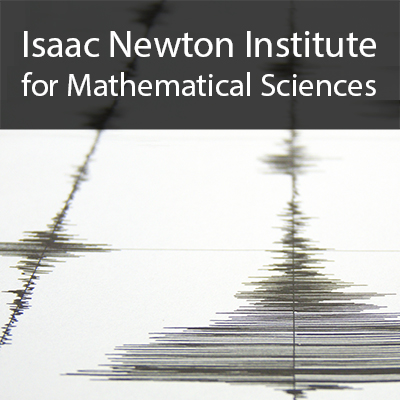A primal dual method for inverse problems in MRI with non-linear forward operators
Duration: 29 mins 32 secs
Share this media item:
Embed this media item:
Embed this media item:
About this item

| Description: |
Valkonen, T (University of Cambridge)
Friday 07 February 2014, 14:30-15:00 |
|---|
| Created: | 2014-02-14 14:21 |
|---|---|
| Collection: | Inference for Change-Point and Related Processes |
| Publisher: | Isaac Newton Institute |
| Copyright: | Valkonen, T |
| Language: | eng (English) |
| Abstract: | Co-authors: Martin Benning (University of Cambridge), Dan Holland (University of Cambridge), Lyn Gladden (University of Cambridge), Carola-Bibiane Schönlieb (University of Cambridge), Florian Knoll (New York University), Kristian Bredies (University of Graz)
Many inverse problems inherently involve non-linear forward operators. In this talk, I concentrate on two examples from magnetic resonance imaging (MRI). One is modelling the Stejskal-Tanner equation in diffusion tensor imaging (DTI), and the other is decomposing a complex image into its phase and amplitude components for MR velocity imaging, in order to regularise them independently. The primal-dual method of Chambolle and Pock being advantageous for convex problems where sparsity in the image domain is modelled by total variation type functionals, I recently extended it to non-linear operators. Besides motivating the algorithm by the above applications, through earlier collaborative efforts using alternative convex models, I will sketch the main ingredients for proving local convergence of the method. Then I will demonstrate very promising numerical performance. |
|---|---|
Available Formats
| Format | Quality | Bitrate | Size | |||
|---|---|---|---|---|---|---|
| MPEG-4 Video | 640x360 | 1.94 Mbits/sec | 430.00 MB | View | Download | |
| WebM | 640x360 | 688.48 kbits/sec | 148.92 MB | View | Download | |
| iPod Video | 480x270 | 522.06 kbits/sec | 112.93 MB | View | Download | |
| MP3 | 44100 Hz | 249.83 kbits/sec | 54.07 MB | Listen | Download | |
| Auto * | (Allows browser to choose a format it supports) | |||||

